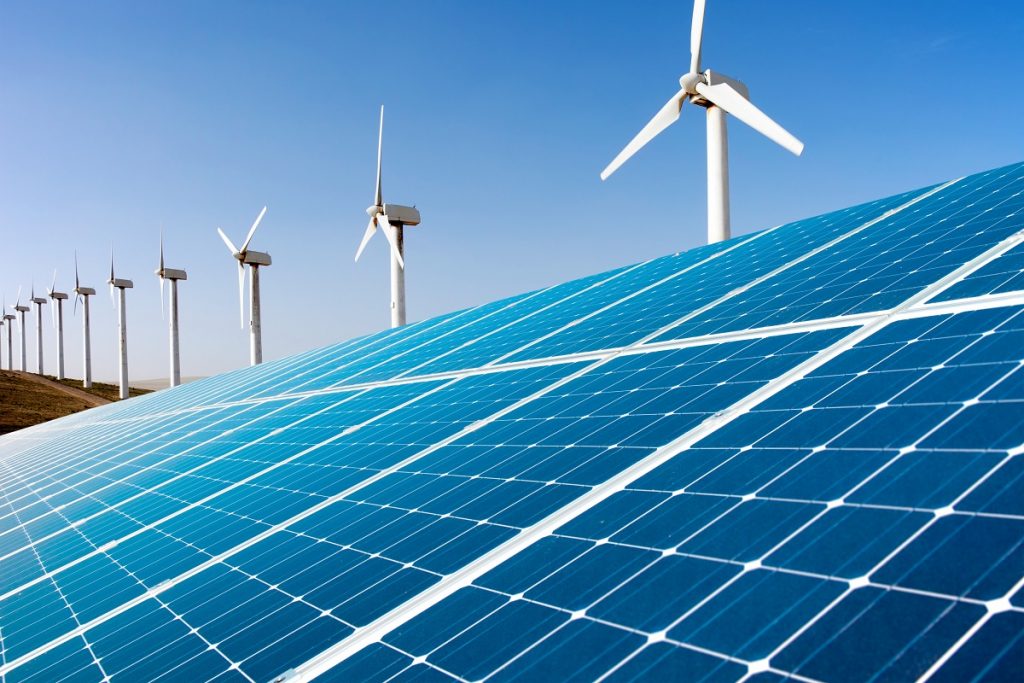The 2020 pandemic spared no business, including the energy industry. The electricity consumption plummeted to zero as gyms, schools, malls, and shops lost as consumers are prohibited from going out. Consequently, the demand for energy storage deployment will also decrease.
However, sufficient power supply is one condition for the global economy to bounce back once the pandemic is over. Reports said that interest in thermal energy solutions would be renewed. The report cited that there will be a demand for a reliable, efficient, and economical storage system. It also anticipates a large shift to renewable energy sources. Moreover, the report expressed optimism that there will be a great need to harness and efficiently store wind and solar energy.
What Is Thermal Energy?
Does technology allow the transfer and storage of heat energy and energy coming from ice or cold air or water? The stored energy can be used later for heating and cooling requirements and power generation (hydro or solar)? This type of energy storage is specifically used in building and industrial processes. Heat energy is another name for thermal energy.
What Are the Different Types of Thermal Energy?
- Thermo-chemical — This is an absorption process or chemical reaction. These take place on the surface of a material. An example of this is a cryogenic tank that stores materials at a very cool temperature. Like other thermal energy storage containers, the cryogenic tanks must undergo periodic cryogenic tank maintenance to function at their optimum.
- Sensible — This happens when the temperature of the material is changed, e.g., from solid to liquid or liquid to vapor. For example, the water turns to vapor.
- Latent — This is when the phase of a material may change from solid to liquid or liquid to vapor, but the temperature remains the same. You could find that both mechanisms could happen on the same material.
As previously mentioned, energy demand will return once the lockdown ceases. If that is the case, it is worth noting the benefits of using a thermal energy storage system or TES. The following are the advantages of thermal energy storage.
1. Reduced Power Consumption
Thermal energy storage functions like a battery. Companies will store electricity during off-peak hours and release it during on-peak hours, wherein the cost of consumption is higher. Ice can be made and stored in thermal overnight to cool a building the following day. 50 to 90% of thermal efficiency can be achieved depending on the kind of energy used.
2. Green Building Certification
A building that has been awarded as green building enjoy benefits like:
- A higher value of resale
- Improved productivity of workers
- Reduced operation cost
- Greater occupancy
- Chance to earn two to four credits in LEED atmosphere and energy
3. Viability of Renewable Energy
As the wind and sunlight become abundant, the need for cost-effective energy storage increases. The thermal storage system will use the stored wind or solar energy to cool or heat the building. Since thermal storage does not store electrons, the cheapest and most energy-efficient form of energy is stored.

4. High Versatility
The thermal energy storage system has reliable high round trip efficiency and can recover about 99% of stored cooling. It offers incredible high round trip efficiency and can recover about 99% of the cooling stored. Moreover, thermal energy is discharged for both long and short duration.
5. Fire Protection
Thermal energy storage tanks are always filled with water which can be used in case of fire. Conversely, fire protection tanks can also be used as thermal energy tanks.
6. Reduced Greenhouse Gas Emissions
The electricity released during an off-peak hour is more efficient and cleaner. An example would be during the summer months when energy consumption is at its peak. Consequently, grids have to work harder to meet the demands. “Peaker” power plants are the last power plants that come online. They are dirtier than off-peak-hour baseload plants. Thus, it is advised to distribute electricity at night. Transmission lines peaks when power demand is highest. An average of 5 to 7% is normal but goes as high as 14% on hot days.
As the global economy is slowly regaining its ground, so does the demand for energy. Hence it is worth exploring the thermal energy storage system, how it works, and the benefits businesses could reap from it. Utilizing them may pose some risks. Some businesses may even find it costly.
However, with thorough research, proper assessment, continuous improvement, and maintenance of the different thermal energy storage systems, not only are firms benefit from it, but nature is also protected. Thus, it is a win-win situation for everybody. Now is the best time to consider it.

